Memory loss can be daunting. Living with this situation can affect your confidence levels. The embarrassment of forgetting important dates, weak recollection of memorable events, and everyday misplacing of things and objects can get depressing. In such situations, you wish for superpowers to help you overcome it and here are 10 yoga poses that are just that.
Memory Improving Yoga Poses
1. Bakasana (Crane Pose)
Benefits: Bakasana enhances overall balance for which concentration is required along with simultaneous working of the required limbs to support this posture. Accomplishing this asana is a great mental feat.
Procedure: Warm up in a downward position. Sit in a squatting position on the floor. Keep an arm’s distance between both the knees and keep your feet flat on the ground. Take your palms in between your knees and place them firmly on the ground while keeping your knees and elbows at the same level. Now, move your torso forward, resting the knees on the upper areas of the triceps, lift your legs, and balance the entire body on your palms. Make sure the core is engaged and the heels move up closer to the glutes. Keep your head straight and look ahead.
2. Padmasana (Lotus Pose)
Benefits: Padmasana relaxes your mind and reduces muscular tension.
Procedure: Sit on the floor with legs stretched out and spine erect. Bend your right knee and place it on your left thigh. The sole of the right foot should face upward and the heel closer to the abdomen. Repeat the same procedure with the other leg. Now, place your hands on the knees in mudra position. Keep your head straight and breathe gently. Repeat the posture with the alternate leg as well.
3. Padahastasana (Standing Forward Bend)
Benefits: Padahastasana invigorates your nervous system and increases blood supply to your brain.
Procedure: Stand straight with your feet together. Lift your arms straight up over your head. Your arms should touch the ears. Bend down at the hips and reach for your feet. Your torso and head should be facing and hugging the thighs and your hands placed on either side of your feet. Ultimately, place the palms under the soles of the feet.
4. Sarvangasana (Shoulder Stand Pose)
Benefits: Sarvangasana cures insomnia, relieves hypertension and soothes headaches.
Procedure: Lie down on your back keeping your legs together. Lift your legs at an angle of 90 degrees. Press your arms against the floor, bend your elbows, support the dorsal area around the waist with your hands and lift the glutes and the legs higher, making a straight line. Keep your shoulder blades straight.
5. Halasana (Plow Pose)
Benefits: Halasana calms your nervous system, reduces stress and fatigue.
Procedure: Lie down on your back and keep your arms on either side of your body with palms facing down. Lift your legs at a 90-degree angle. Then supporting your hips with your hands, lift them off the ground. Take your feet over your head at an 180-degree angle, making your toes touch the floor. Try to keep your back perpendicular to the floor. Bring back your hands to their initial position.
6. Paschimottanasana (Seated Forward Bend)
Benefits: Paschimottanasana cures headaches and increases concentration.
Procedure: Sit down with your legs stretched out forward. Raise your hands straight up, with your arms touching the ears. Bend forward at the hips with your abdomen and chest hugging the thighs and your head on the knees. Your fingers should touch your toes, and you can keep your arms a little bent at the elbows.
7. Vriksasana (Tree Stand Pose)
Image: iStock
Procedure: Stand in Tadasana on an even surface. Stretch your hands up in the air and bring them down. Fold your left leg from the knee and place it on the inner side of your right thigh. Look straight. Join your palms together in prayer position and place them in front of your chest. Close your eyes and relax.
8. Sukhasana
Benefits: This is the best asana to relax your mind, body and soul.
Procedure: Sit on the floor with your legs spread straight in front of you.Bend your left knee and fold it in such a way that the sole of your left foot is placed on the inner side of your right thigh.
Bend your right knee in such a way that the sole of your right foot is placed on the outer side of your left calf muscle. Though not important, it is advisable to sit on a slightly elevated platform, like a folded yoga blanket, so that the spine continues to ascend and the knees point lower. Place your hands on your knees. Keep your back straight and erect. Close your eyes and relax.
9. Vajrasana
Procedure: Kneel down on the floor.Your knees, big toes and ankles should be parallel to each other and should touch the ground.Place your palms on the knees.Keep your spine straight. Look in the front direction, close your eyes. Relax.
10. Reclining Hero Pose
Procedure: Place your body in Vajrasana pose (refer to the pose mentioned above). Without jerking your spine, try to take the upper torso backwards until your head/back rests on the ground. Keep your hands on the floor at a comfortable distance from your body, palms up. Rest your head on either side of the body or keep it in the center. Close your eyes.
Do try practicing these tips and techniques at home and see the wonderful difference it leaves behind on your mind, body, and soul. Happy Practicing!
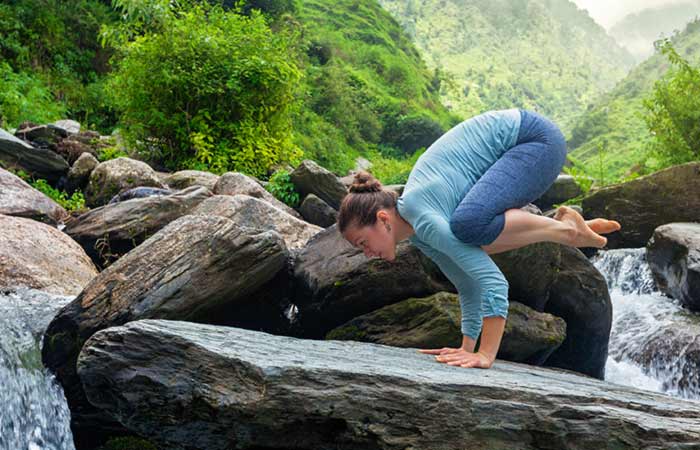
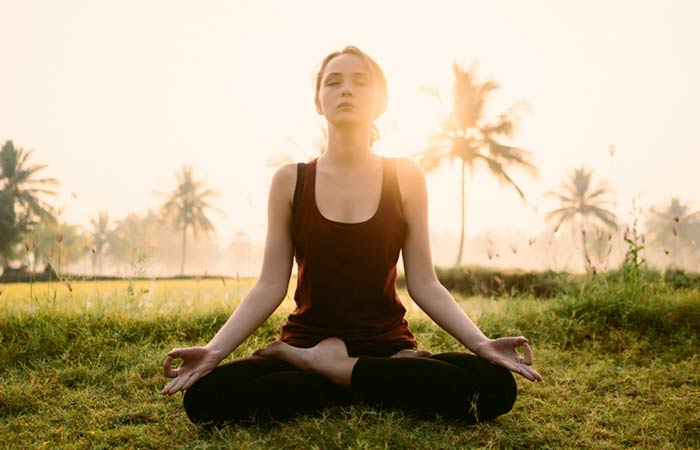

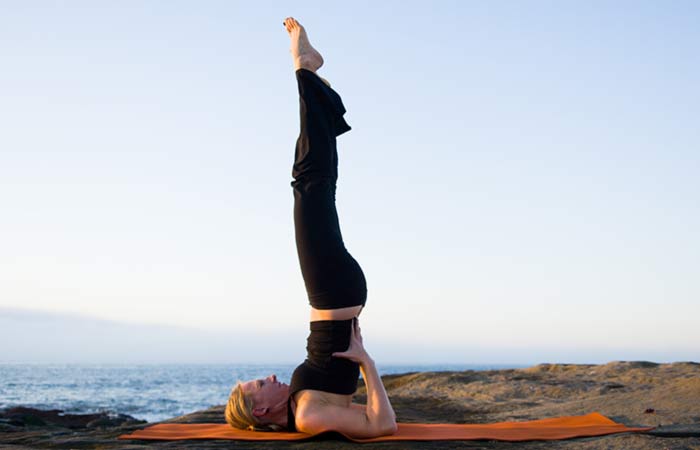
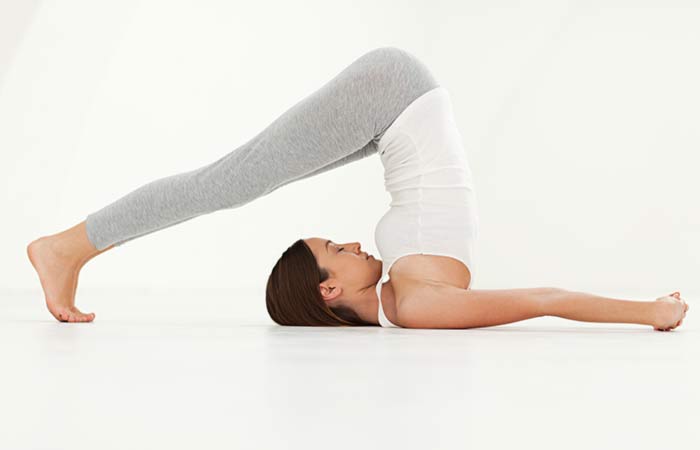
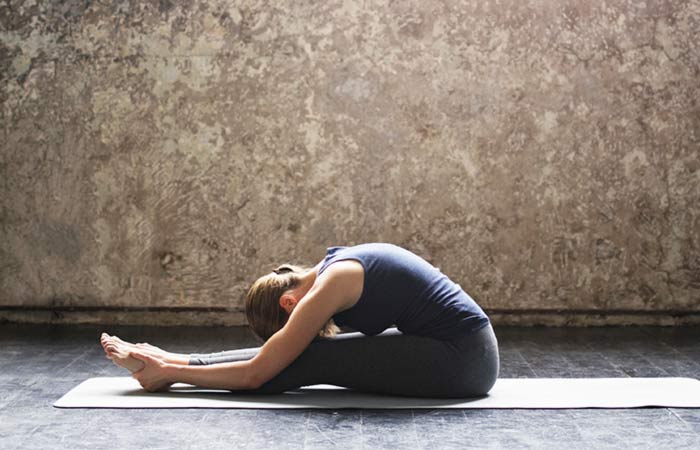
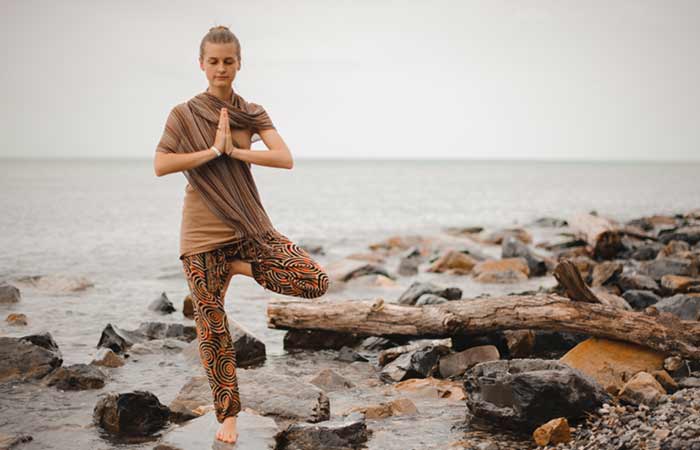

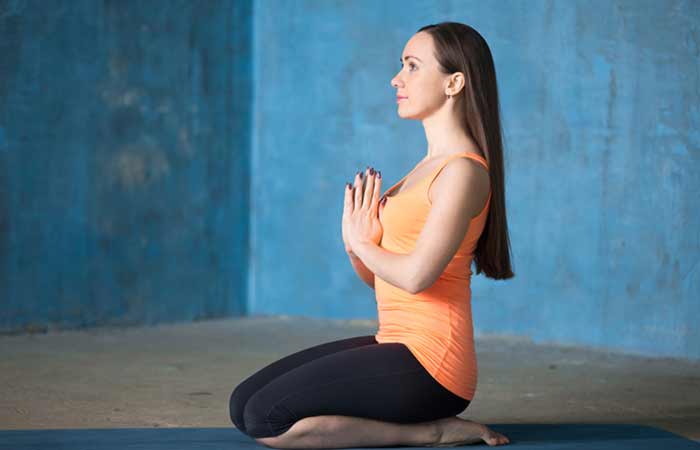
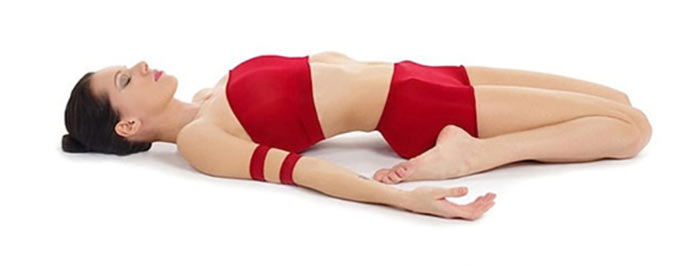
No comments:
Post a Comment